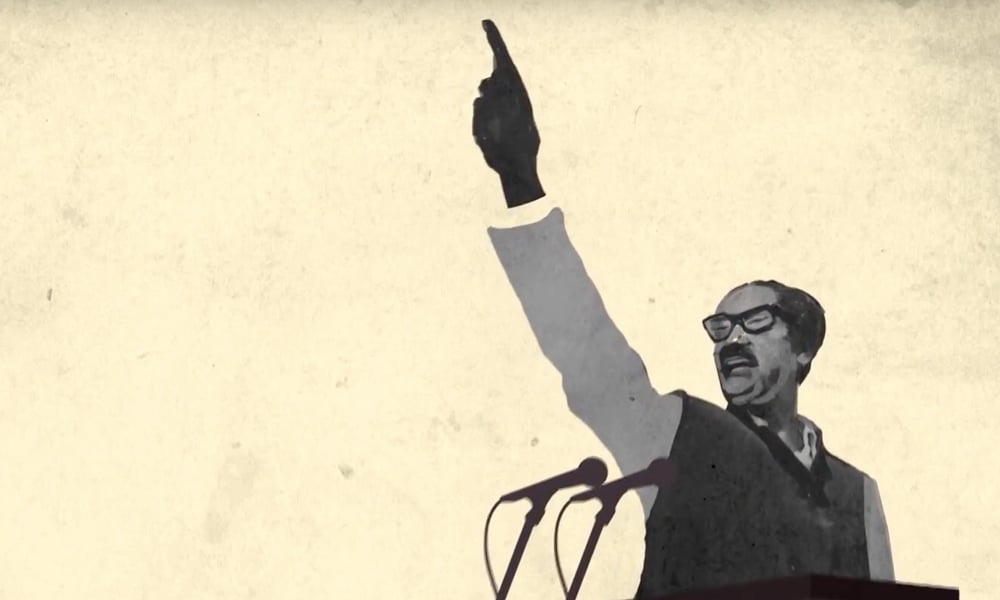1156
Published on November 25, 2025Bangladesh, which was Asia's economic tiger just over a year ago, is now facing a severe, multidimensional crisis as soaring national debt collides head-on with stagnant investment and a crippling halt in development projects. Beneath the veneer of recent growth, a hard-hitting reality is emerging: the nation's economic momentum is being eroded by deeply entrenched administrative inefficiency and a culture of pervasive corruption.
The core of the crisis lies in a widening fiscal deficit driven by rapidly rising costs of governance and an alarmingly poor rate of revenue collection. To bridge this gap, the government has been forced into unprecedented levels of borrowing.
In a single year, total government debt surged by nearly 2.5 trillion taka—an extraordinary increase given the current economic climate.
According to the Finance Division's latest bulletin, the country's total debt reached 21.44 trillion taka by June 2025, marking a 14 percent rise in just twelve months. This total includes roughly 9.5 trillion taka in external debt and 12 trillion taka in domestic debt.
Over a decade and a half, the national debt has skyrocketed from 276,000 crore taka in 2009 to over 21 trillion taka today.
Economists are sounding the alarm, arguing that a toxic mix of inefficiency, a culture of wasteful expenditure, and "irresponsible financial management" is rapidly destroying the nation's repayment capacity. The situation is compounded by the fact that interest payments alone are consuming an increasing share of the budget, totaling 1.32 trillion taka in the last fiscal year—a 17 percent increase that is effectively making the national budget "interest-dependent."
While the debt burden grows, the engines of future growth—investment and job creation—have stalled. Political uncertainty, irregularities in the banking sector, a severe dollar crunch, and bureaucratic hurdles have brought new investment to a virtual standstill.
Factories are grappling with difficulties importing raw materials and accessing financing, leading to reduced production.
Instead of creating new jobs, the labor market is witnessing a rise in layoffs, contracting economic growth.
Frustrated entrepreneurs state flatly: "Corruption is now a bigger barrier than policy uncertainty." The pervasive "duties–bribes–approvals" cycle has become the default barrier to entry and expansion.
The impact is most visible in the development sector, where government spending has dropped precipitously. The implementation of the Annual Development Programme (ADP) has fallen to below 68 percent—the lowest figure in a decade—following a change of government and subsequent reassessments.
Projects are paralyzed by a lethal combination of:
Administrative delays and half-hearted management.
A widespread "commission culture" driving corruption.
Incompetent decision-making and complexity in fund release.
When development stalls, economists warn, debt ceases to be an investment tool and instead becomes a crushing liability for the future. This is precisely the trajectory Bangladesh is on, where rising debt is failing to translate into financial growth.
A significant factor fueling the borrowing addiction is the nation’s abysmal tax performance. Bangladesh's tax-to-GDP ratio stands at a mere 7–7.5 percent—the lowest in all of South Asia. The key drivers behind this revenue failure include:
An opaque administrative structure that enables easy tax evasion.
Politically influenced tax exemptions and waivers.
Internal corruption within the National Board of Revenue (NBR).
The result is immediate: in the first four months of the current fiscal year, the revenue deficit reached nearly 17,000 crore taka. This "vicious cycle"—low revenue forcing high borrowing, which in turn crowds out development spending—has persisted for years without any visible political will for a structural solution.
The acceleration of external debt has been driven by cost overruns, irregularities, and delays in mega-projects like the Rooppur Nuclear Power Plant, the Metro Rail, and the Karnaphuli Tunnel. The Asian Development Bank (ADB) now notes that Bangladesh has the fastest-growing external debt in South Asia.
The debt risk is set to intensify dramatically from the 2026–27 fiscal year onward, when the major repayment installments for these large projects begin, adding immense pressure to the national finances. This alarming trajectory has led the International Monetary Fund (IMF) to already classify Bangladesh’s external debt as "moderately risky."
The official transition to a middle-income country status, economists argue, is currently a status on paper only. In reality, with weak revenue, absent investment, declining production, and paralyzed development, the twin forces of administrative inefficiency and corruption are eroding the very foundations of the economic structure. Debt is rising, but productivity and income are not—leaving the Bangladeshi economy at a profoundly unstable crossroads.














